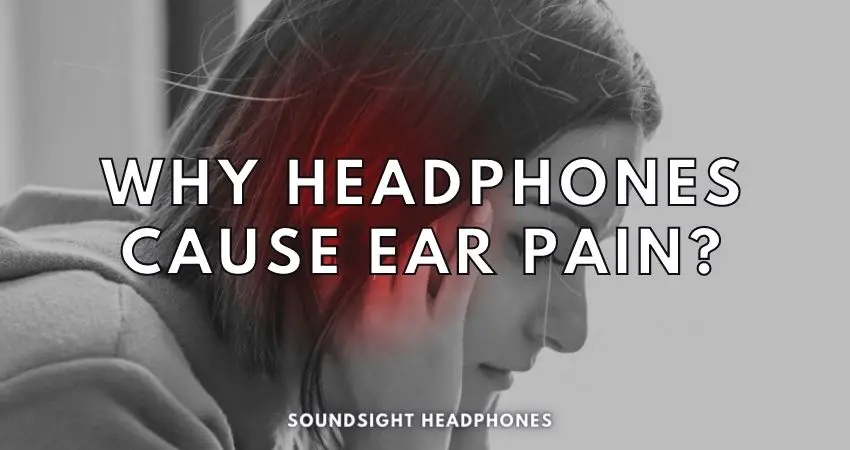Have you ever wondered why headphones cause ear pain? The discomfort and ear pain from different headphone types can be attributed to various factors, such as prolonged usage, improper fit, and even hygiene.
In this article, we will explore the reasons behind this common issue and provide practical solutions on:
- How to prevent ear pain from headphones.
- What to do if earbuds hurt your ears.
Additionally, we will discuss what to do when headphones make your ears too hot and recommend the best headphones for sensitive ears.
Say goodbye to earaches and enjoy your favorite tunes without any discomfort!
Why Headphones Cause Ear Pain: A Personal Struggle
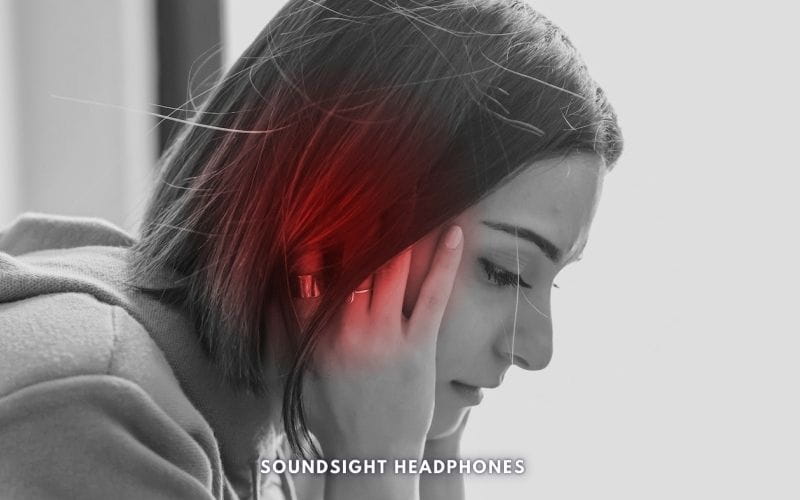
I’ve always been a fan of headphones. But lately, I’ve noticed that headphones hurt my ear cartilage and cause me a lot of discomfort. I started wondering, can headphones cause ear pain?
After doing some research, I found out that, yes, headphones cause various types of ear pain.
Here’s what I learned:
Pressure Damage and Skin Abrasion
- Headphone-induced pressure damage: This occurs when headphones are worn over or around the ear and apply too much pressure on the pinna (the outer part of the ear). Prolonged headphone use can lead to pain or discomfort in this area.
- Skin abrasion: Wearing headphones for extended periods can lead to friction between the headphones and your ears, causing a skin abrasion. This can be particularly painful if you have sensitive skin.
Infection
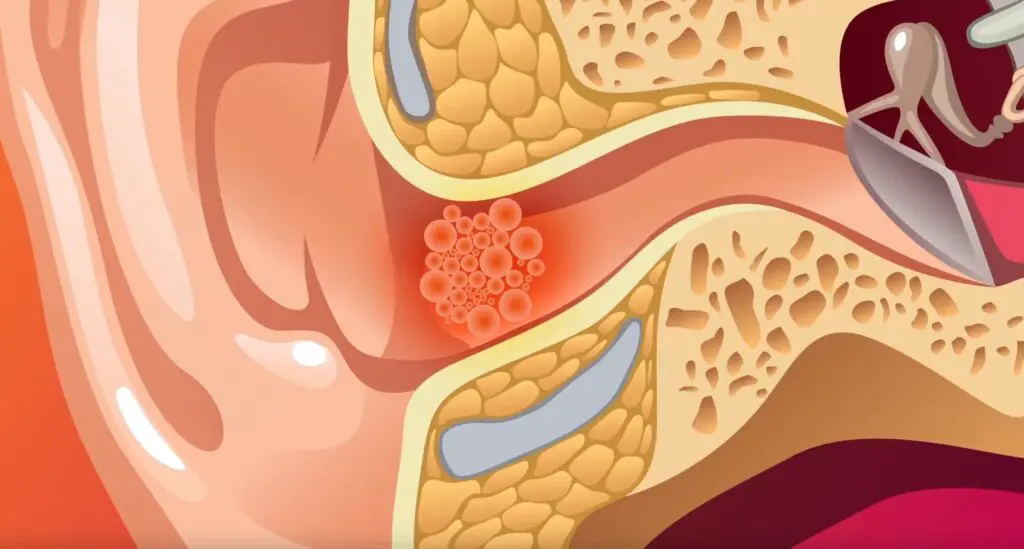
Another issue that can arise from using headphones is infection. This can happen when bacteria from your skin or the environment get trapped in your ears due to the headphones. To avoid ear infections, it’s essential to clean your headphones regularly.
To avoid ear infections and maintain optimal ear health, consider the following:
- Be vigilant about wax build-up—a common cause of discomfort and infection.
- Ensure your headphones are clean and free from bacteria.
- Refrain from sharing earbuds with others to minimize cross-contamination.
- Investigate potential allergies to headphone materials and opt for hypoallergenic alternatives if necessary. Some toxic headphone materials or materials used in the manufacturing process can cause allergic reactions in some individuals.
- Use earmuffs or other protective headgear designed to reduce exposure to harmful noise levels since headphones causing ear damage isn’t out of the question.
- Keep an eye out for signs of ear infections and seek prompt medical attention if needed.
Inflammation and Ear Pain
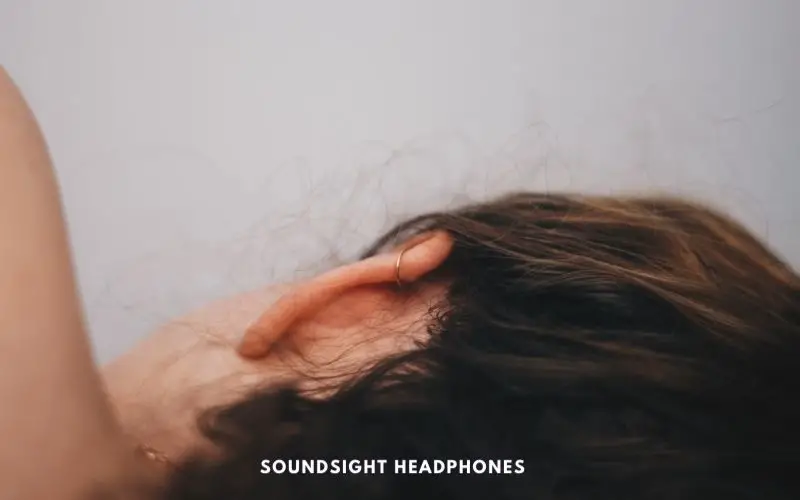
Inner and outer ear inflammation can also be caused by using headphones. If the ear canal becomes blocked or irritating substances are introduced, inflammation of the ear canal can occur.
- Inflammation in the outer ear (Otitis externa): Wearing headphones for long periods can cause inflammation of the outer ear caused by infection, allergies, or irritation. It is commonly known as “swimmer’s ear” because it often occurs in individuals who spend a lot of time in water.
- Inflammation in the middle ear (Otitis media): Sharing the same causes and symptoms as otitis externa, otitis media is an inflammation of the middle ear resulting from bacteria, viruses, inflammation, and fluid build-up in the ear. It can cause ear pain and may result from extensive wearing of in-ear headphones, IEMs, or earbuds.
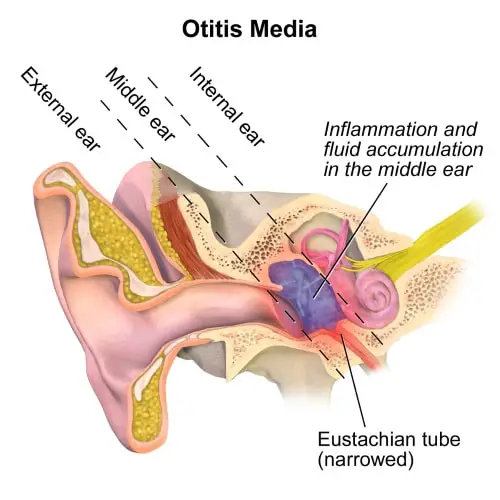
Otitis Media (By BruceBlaus, CC BY-SA 4.0)
In most cases, ear pain associated with inner or outer ear inflammation can be relieved with over-the-counter medications such as ibuprofen or acetaminophen. Leather ear cushions treated with antifungal agents can help protect the ears and reduce inflammation and irritation.
Still, applying a warm compress over the affected ear can also provide some relief. If the pain persists for longer than 48 hours, it is important to see a doctor for further evaluation.
Headwear and Ear Pain
Wearing hats, glasses, or other headwear while using headphones can cause headaches and ear pain. These accessories can put additional pressure on the headphones, causing them to press harder against the ears. This can lead to discomfort and even skin abrasions.
Barotrauma is pressure-induced damage to the difference of pressure between the outside and inside the ear, particularly when using noise-canceling headphones or during rapid altitude changes.
Ears Too Hot
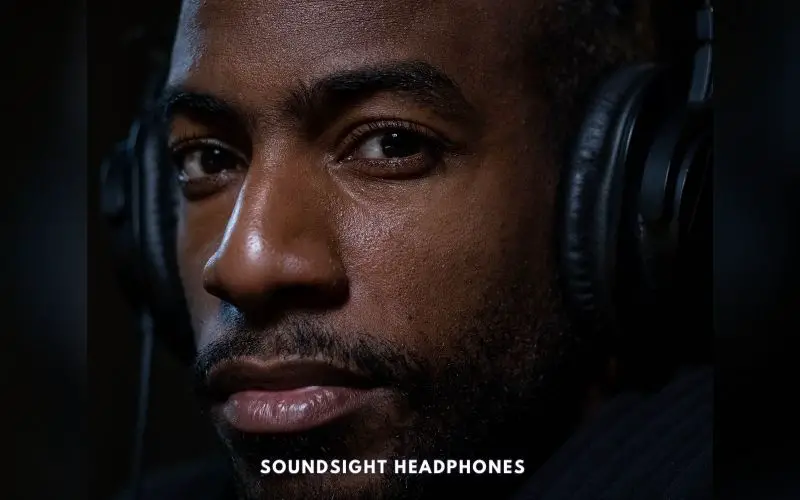
Wearing over-ear headphones for extended periods can lead to an extremely hot and uncomfortable experience, often making your ears hot and causing pressure pain.
How to Keep Ears Cool With Headphones
If you’re worried about your ears getting too hot while using headphones, I’ve got some tips for you.
Ensure there’s good airflow around your ears by choosing open-back headphones or ones with mesh ear cups. Stay away from leather & pleather that trap heat and go for breathable fabrics like velour instead.
Lastly, it’s undeniable that breaks can cool down your ears and avoid sweat buildup, so take more of them. Also, keep in mind that some materials, like thick memory foam, don’t breathe well, so consider thinner earpads or open-back/in-ear headphones.
Ringing in Ears (Tinnitus)
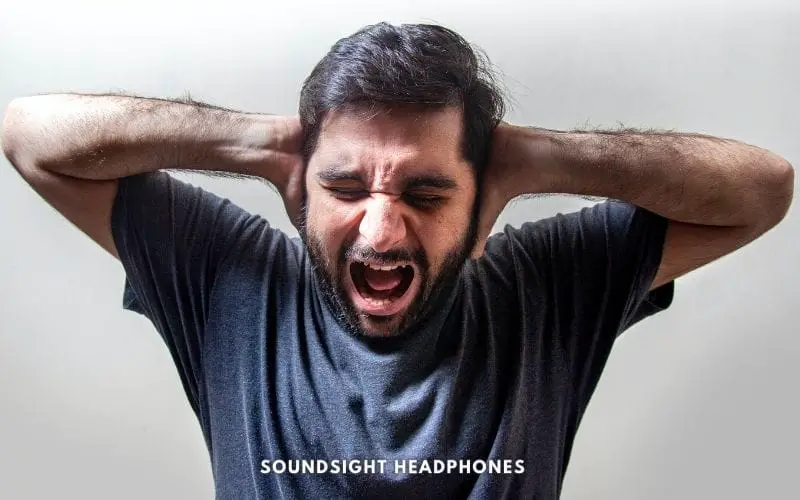
Persistent exposure to thunderous sounds or loud music through headphones can cause Tinnitus by damaging the delicate sensory cells in the inner ear—leading to a ringing or buzzing sound in the ears, known as tinnitus. This condition can be temporary or permanent, depending on the severity of the damage.
Hearing Loss
Long-term use of headphones at high volumes can lead to noise-induced hearing loss (NIHL). This type of hearing loss occurs when the hair cells in the inner ear are damaged due to excessive noise exposure. NIHL can be temporary or permanent, and it can affect one or both ears.
Listening Fatigue
Listening fatigue also called auditory fatigue, is a condition caused by prolonged exposure to sound. It can cause headaches, dizziness, and physical discomfort and generally affects both ears.
Ear Pain From Different Headphone Types
As a passionate music aficionado, you probably once pondered, “Why do earbuds hurt my ears?” or “Can earphones cause ear pain?”.
Indeed, many individuals experience varying degrees of unease or even ear pain from headsets and other types of headphones.
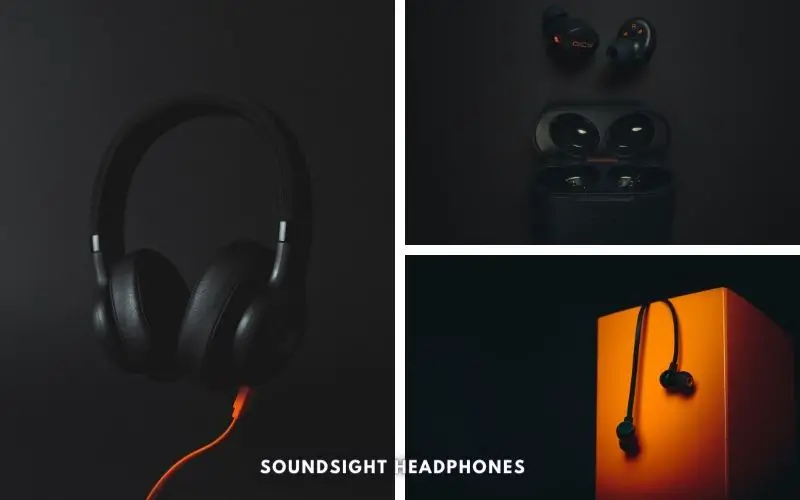
Let’s explore the causes of ear pain from various headphone types, as each possesses unique characteristics that can contribute to discomfort and pain—much like the distinct audio signatures of different sound systems.
On-Ear Headphones
Ear pain caused by on-ear headphones is quite common. These headphones sit directly on your ears, which can cause outer ear pain due to the pressure they apply. If you have sensitive ears, it’s best to look for best headphones for sensitive ears that are lightweight and have a lower clamping force.
In-Ear Headphones
If you’re experiencing in-ear headphones causing you pain, it might be because you’re using the wrong size ear tips. Using ear tips that are too small can cause discomfort, while using ones that are too large can create a tight seal, leading to pressure buildup in your ear canal.

The most common issues that could cause ear pain with in-ear headphones include:
- Incorrect insertion: Not inserting the ear tips correctly can cause discomfort and pain. Make sure to insert them gently and at the correct angle to avoid any issues.
- Allergic reactions: Some people may be allergic to the materials used in the ear tips, such as silicone or rubber. If you suspect an allergy, try switching to a different material or using hypoallergenic ear tips.
- Prolonged use: Wearing in-ear headphones for extended periods can cause discomfort and pain due to the pressure exerted on the ear canal. It’s essential to take breaks and remove the earphones every hour or so to rest your ears.
- Incorrect ear tip size: Using ear tips that are too small or too large for your ear canal can cause pain and discomfort. Make sure to use the appropriate size for your ears, and consider trying different sizes or types of ear tips to find the most.
- Unsuitable earphone dimension, shape, or design: Some in-ear headphone designs may not suit your ear shape or size, causing discomfort and pain. Look for headphones with ergonomic designs or adjustable features to ensure a better fit.
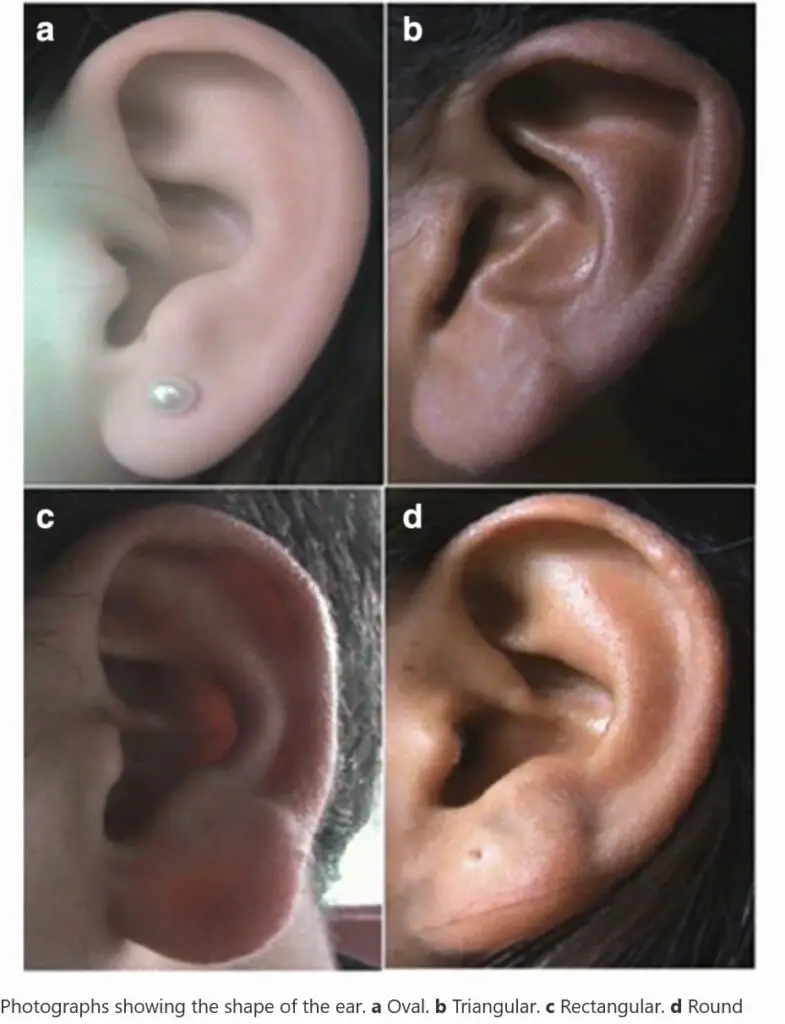
Various human ear shapes – Krishan, K., Kanchan, T. & Thakur, S. A study of morphological variations of the human ear for its applications in personal identification. Egypt J Forensic Sci 9, 6 (2019)
AirPods Hurt My Ears
In general, AirPods are quiet comfy, but in the event they do cause pain, it’s a result of improver fit, too much use, smaller or bigger ear tips, sensitivity to the silicone material used in the ear tips. However, sometimes it’s just the ear shape and size, since the morphology of ears varies greatly among individuals.
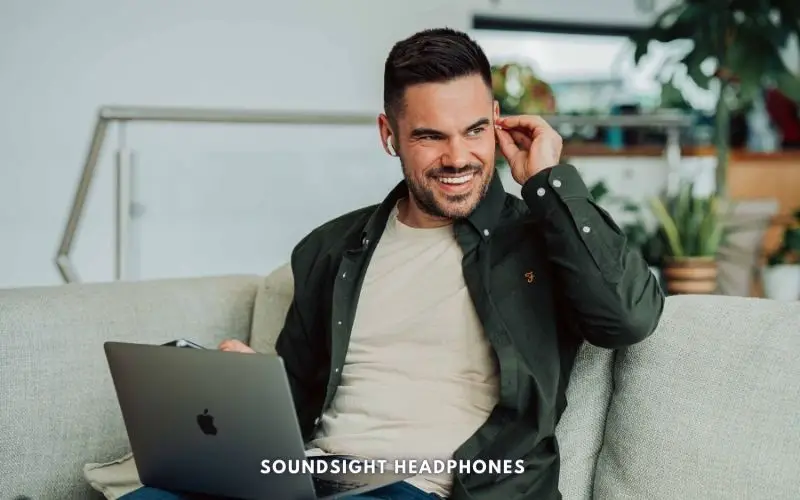
Using the appropriate size of ear tips for your AirPods is essential, so it can reduce headache, earache, and ear fatigue.
Over-Ear Headphones
Over-ear headphones are generally considered the most comfortable, as they encompass the entire ear without applying direct pressure on the ear. They also have a larger contact surface which helps even out the pressure.
However, they can still cause ear pain for some individuals. This can be due to the weight of the headphones, the clamping force on the head, or the material, density, and thickness of the ear pads.
Minimizing discomfort requires a balance between a lightweight construction, adjustable headband, and soft, breathable ear cushion.
Bone Conduction Headphones
Bone conduction headphones present a cozy alternative for individuals with ear sensitivity—transmitting sound through skull bones and circumventing the outer and middle ear.
Resting above your ears, these headphones relinquish some audio quality for heightened comfort and surrounding awareness.
Once you land on the perfect pair of bone conduction headphones, you’ll enjoy a unique listening experience that combines comfort, safety, and convenience.
Naturally, since the method of sound reproduction isn’t traditional, music enthusiasts and audiophiles won’t get their ears tickled, but for the average Joe, it’s a whole new ball game.
How to Prevent Ear Pain from Headphones
Let’s explore methods to alleviate ear pain from headphones, focusing on over-ear and in-ear types, enhancing comfort, minimizing strain, and effectively mitigating discomfort.
Making Over-Ear Headphones More Comfortable
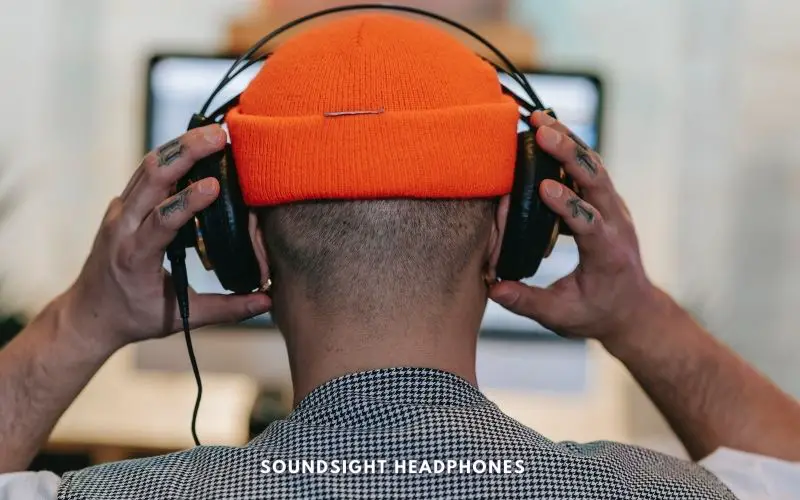
Here are some tips on how to stop headphones from hurting your ears:
Adjust the Fit
Sometimes, the issue is simply that your headphones are too tight. Try adjusting the headband or ear cups to find a more comfortable fit. If your headphones are still too tight, you can try these ways to make tight over-ear headphones more comfortable:
- Stretch the headband by placing it over a stack of books or a box overnight
- Replace the ear pads with softer, more cushioned ones
- Use a headband cushion to distribute pressure more evenly
Take a Break
The most effective way to ease headphone-induced ear pain is taking hourly breaks, allowing your ears to rest and preventing hearing loss. This will not only help prevent ear pain but also reduce the risk of hearing loss.
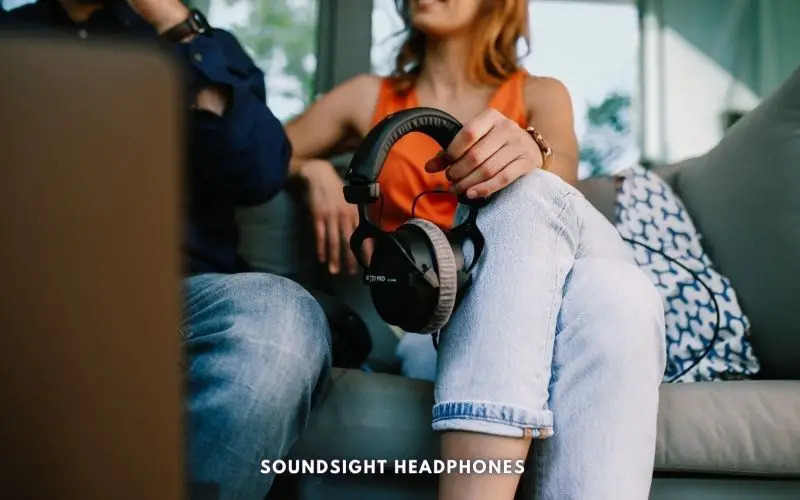
Choose the Right Headphones
Not all headphones are created equal. If you’re in the market for a new pair, consider looking for the best over-ear headphones that prioritize comfort.
Some features to look for include:
- Lightweight design
- Soft, cushioned ear pads
- Adjustable headband
- Breathable materials
Remember, what works for one person might not work for another, so finding the right fit for you is important.
By following these tips, you’ll be well on your way to enjoying your favorite tunes without the discomfort of hot, sweaty headphones. Happy listening!
Inner Ear Pain from Earbuds or IEMs
To prevent ear pain from headphones, particularly inner ear pain caused by earbuds or IEMs.
Here are some tips to keep your ears happy and pain-free:
Solutions to Inner Ear Pain
If earbuds hurt your ears, I got a few solutions for you!
First things first, be mindful of duration. Spending too much time jamming with earbuds or IEMs can amp up the discomfort. So, limit your listening sessions and take breaks to give your ears some much-needed R&R.
Next up, ensure proper insertion. Shoving those earbuds too deep into your ear canal is a big no-no. It can cause unnecessary pressure and irritation. Instead, aim for a gentle, snug fit.
Speaking of ear tips, make sure you’re using the right size: Your unique ears deserve the perfect fit, so don’t settle for ill-fitting tips that can cause discomfort and mess with your sound quality.
Test out various sizes and materials (like silicone or foam) to find your ear’s soulmate as they influence sound quality and comfort.
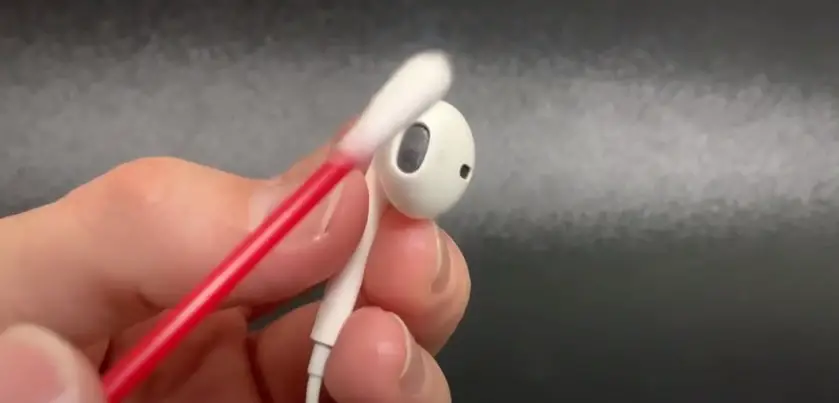
Regularly cleaning your earbuds or IEMs is a must to avoid earwax, dirt, and bacteria buildup, which can lead to ear pain and even infection. Grab a soft cloth or cotton swab and a gentle cleaning solution to keep those headphones spick and span.
Cleaning your earbuds might also help fix audio issues like one earbud quieter than the other, or headphones sound echoey, or even addressing the question of “why my headphones sound low.”
Don’t crank up the volume. This is a must if you want a long-lasting hearing and to avoid listening fatigue from loud headphones. And lastly, consider over-ear or on-ear headphones. If you consistently experience ear pain from earbuds or IEMs, over-ear headphones may be a better bet.
Best Ear Tips for a Snug Fit
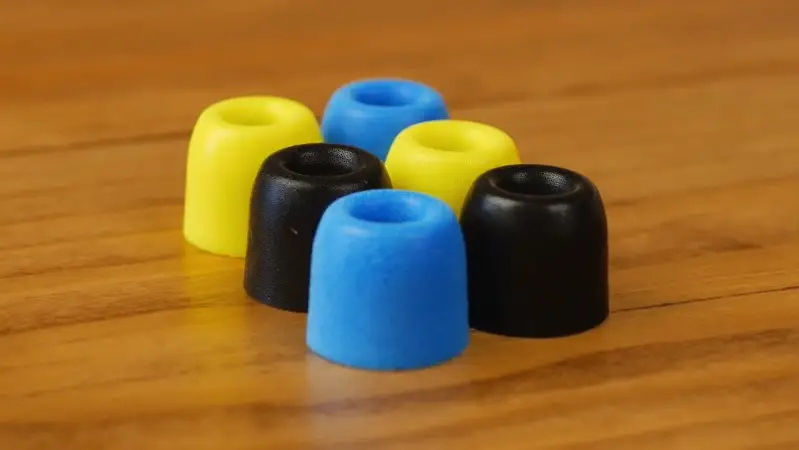
- Comply Foam Tips: Memory foam tips conform to the ear canal shape for a secure, comfortable fit with excellent noise isolation.
- SpinFit Tips: Soft silicone tips with a swiveling design that adjusts to the ear canal angle for a snug, comfortable fit.
Headphones Make My Ears Too Hot
We’ve all been there—listening to music for hours, only to find that our over-ear headphones are making our ears too hot. It’s a common issue, but there are ways to stop headphones from making your ears hot and keep your listening experience comfortable.
Fabric Fixes
One of the main reasons headphones make my ears too hot is because they restrict airflow and trap heat.
A simple solution is to use a fabric cover for your headphones. This can help to:
- Absorb sweat
- Increase airflow
- Reduce heat build-up
You can find fabric covers online or even make your own. Trust me; your ears will thank you!
Changing Ear Pads
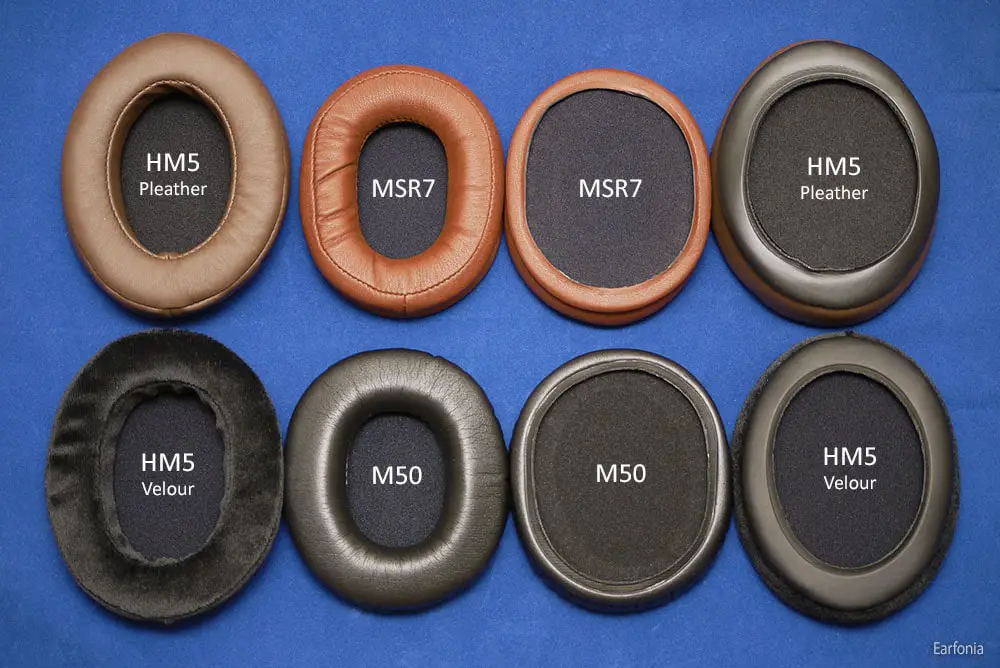
Another way to stop headphones from making your ears hot is to use more breathable ear pads. Switching out your headphones’ existing ear pads with new ones can help reduce heat and make your headphones more comfortable.
When shopping for new earpads, pay attention to the type and thickness of foam used. For example, thick leather pads are known to retain heat — so it may be best to use ear pads made from thinner, breathable materials.
Temperature Regulating Headphones
If you’re willing to invest in a new pair of headphones, consider looking for temperature-regulating headphones.
Some headsets, like the OMEN Mindframe Prime, have an earcup cooling system that negates the effect of heat and makes gaming more convenient.
These are designed to keep your ears cool while wearing headphones, making them a great option for those who struggle with hot ears in headphones.
Buy In-Ear Headphones
The best ear breathability is found in in-ear headphones due to the fact that they don’t cover your ears. Rtings headphones breathability measurements can attest to this. Most importantly, choose a pair of in-ear headphones with breathable ear tips.
Reduce Ambient Temperature
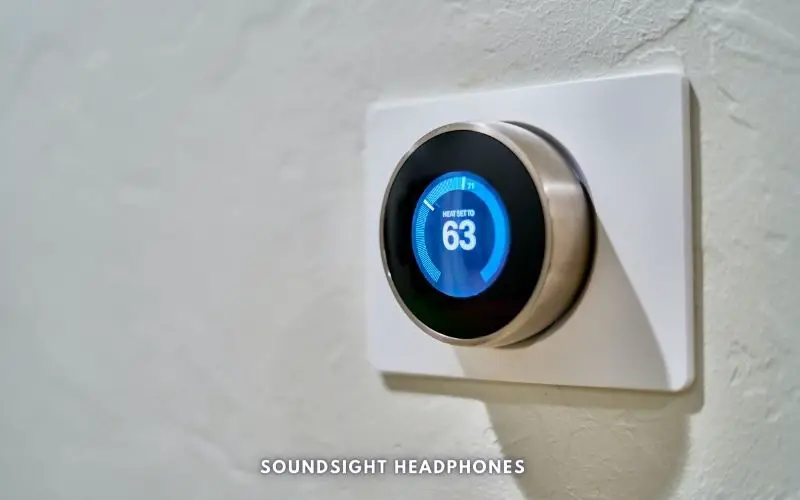
One of the simplest ways to stop headphones from making your ears hot is to take breaks. However, if you’re in a hot environment, you can reduce ambient temperature to alleviate the issue.
By reducing the temperature around you, you can help to prevent your ears from getting too hot while wearing headphones. Turn on the AC, open the window or simply take a break every hour or so for 15 minutes to give your ears a chance to cool down.
How to Find The Best Headphones for Sensitive Ears
As someone who has experienced the discomfort of headphones causing ear pain, I understand the importance of finding the best headphones for sensitive ears.
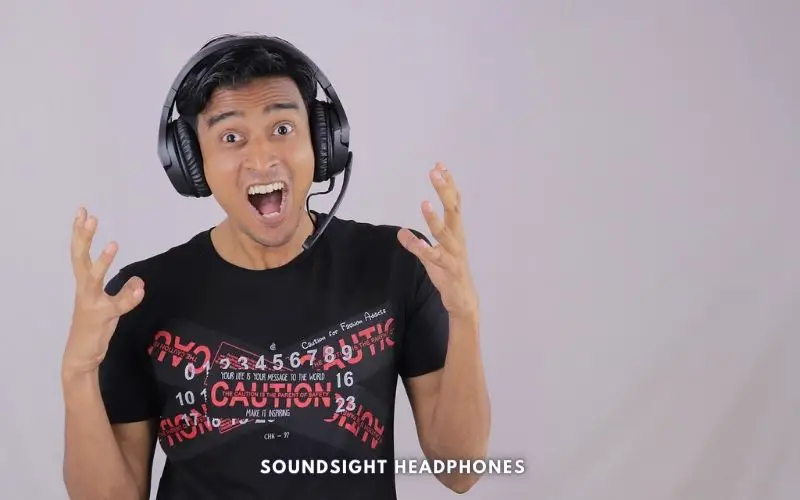
If you experienced any of the following, you should buy yourself more comfortable headphones:
- Tight clamping force causing pain on the ears and top of head
- Ear cartilage and inner ear irritation from prolonged use of earbuds
- An unbearable itch and hot sensation after extended periods of wear
- Difficulty wearing glasses due to the headphones digging into the temples and ears
Here are some features to look for when choosing headphones that will not hurt your ears:
Over-Ear Headphones
- Lightweight design: Opt for lightweight designs to minimize ear pressure and discomfort (under 7 ounces or 200 grams).
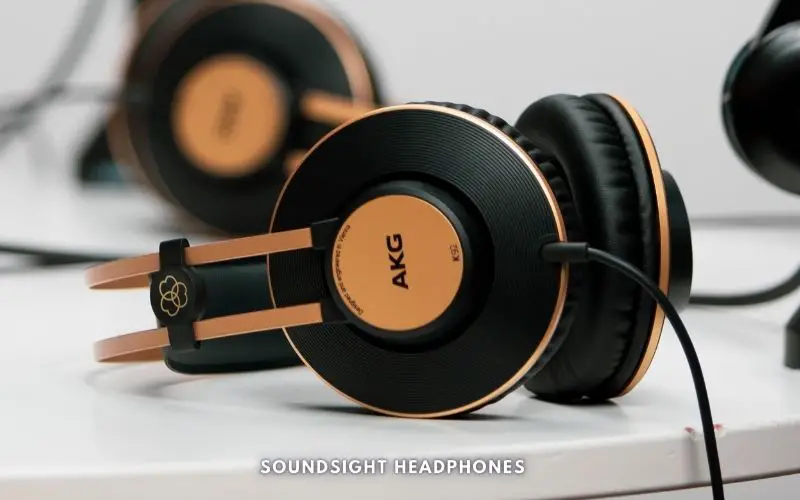
AKG K52 lightweight headphones - Choose the perfect ear cup and ear-tip sizes—accommodating your ears’ unique dimensions.
- Select high-quality padding materials such as genuine leather, velour, or microfiber—enhancing comfort and durability.
- Adjustable headband: This will allow you to find the perfect fit and minimize pressure on your ears.
- Lower clamping force: A lower clamping force will reduce the pressure on your pinna, preventing pressure damage.
- Buy aftermarket earpads: Most headphones have too thin or rough earpads. Invest in some thicker, softer ear pad replacements for increased comfort.
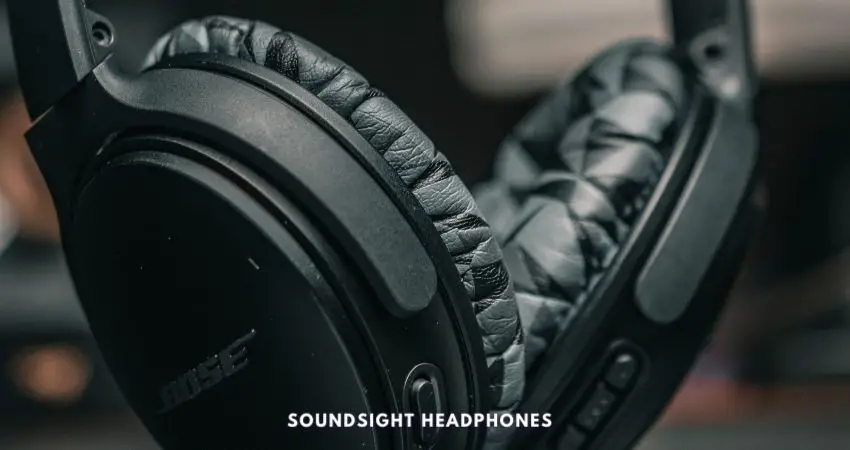
Replace headphone pad - Buy thicker headphones headband pad: If your headphones hurt the top of your head, either too little clamping force or too thin headband padding may be to blame. Invest in a thicker aftermarket pad to increase cushioning.
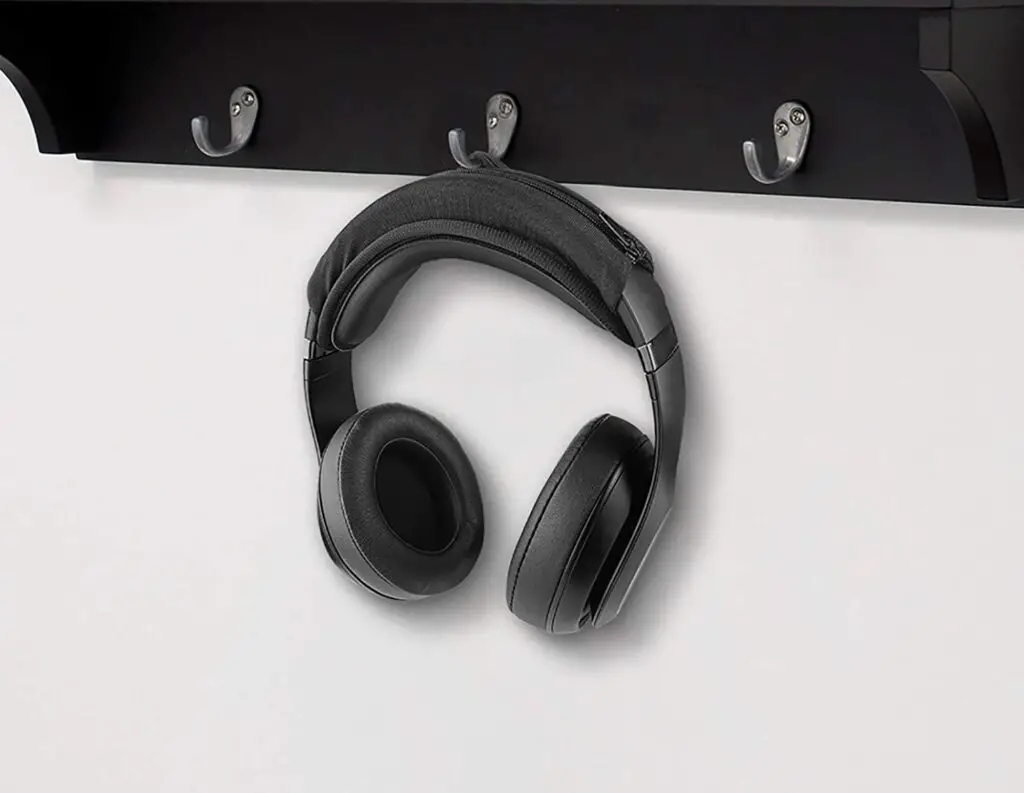
Faux leather headband cushion for headphones (From Amazon)
In-Ear Headphones
- Multiple ear tip sizes: Having a variety of ear tip sizes will ensure you find the perfect fit for your ears.
- Soft, flexible ear tips: Silicone or foam ear tips can provide a more comfortable fit and reduce pressure in your ear canal.
- Wing tips: Adds support, improves comfort, and alleviates ear canal pressure.
- If nothing else works, custom molded earbuds provide the ultimate comfort with a tailored fit for your ear canal.
The Best Headphones for Sensitive Ears
If you don’t have time to research – or don’t know exactly what to look for – you’re in luck. Some of the best headphones for sensitive ears include:
Over-ear Headphones:
- Bose Noise Cancelling Headphones 700
- Koss KSC75
- Sennheiser HD 660 S
- Beyerdynamic DT 770 Pro
- Audio-Technica ATH-M50x
In-ear Headphones:
Can Headphones Cause Permanent Ear Damage?
While this article focuses on the physical discomfort caused by headphones, it’s essential to address the potential for permanent ear damage.
Listening to music or audio at high volumes for extended periods can lead to temporary or permanent noise-induced hearing loss, Tinnitus, Hyperacusis, and other hearing impairments.
To protect your hearing, follow these guidelines.
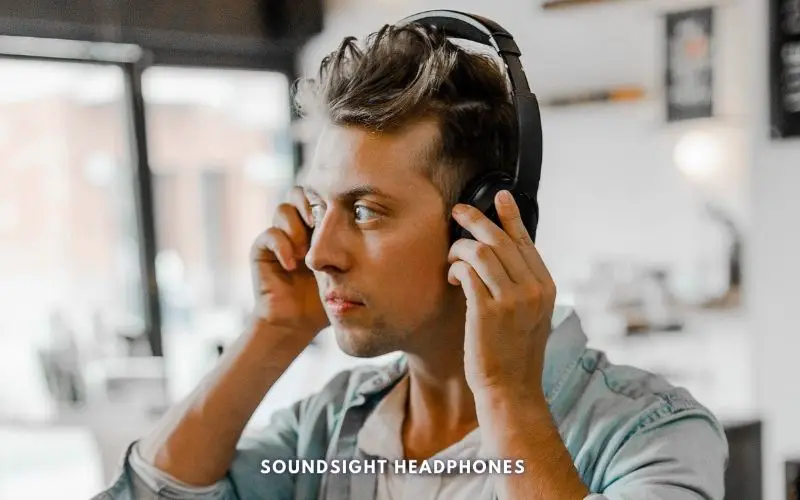
If negligent, yanking your headphones out when they’re tangled in your hair can lead to hair loss due to traction alopecia. Additionally, using headphones regularly can result in ear infections, earwax accumulation, and pressure sores from extended use.
Conclusion
After learning about the various issues that can cause ears to hurt while wearing headphones, I decided to invest in a pair of over-ear headphones with a lower clamping force. I also made a point to clean them regularly and take breaks during long listening sessions.
Since making these changes, I’ve noticed a significant decrease in my ear pain. So, if you’re wondering, “why do headphones hurt my ears?” now you know what to do.
